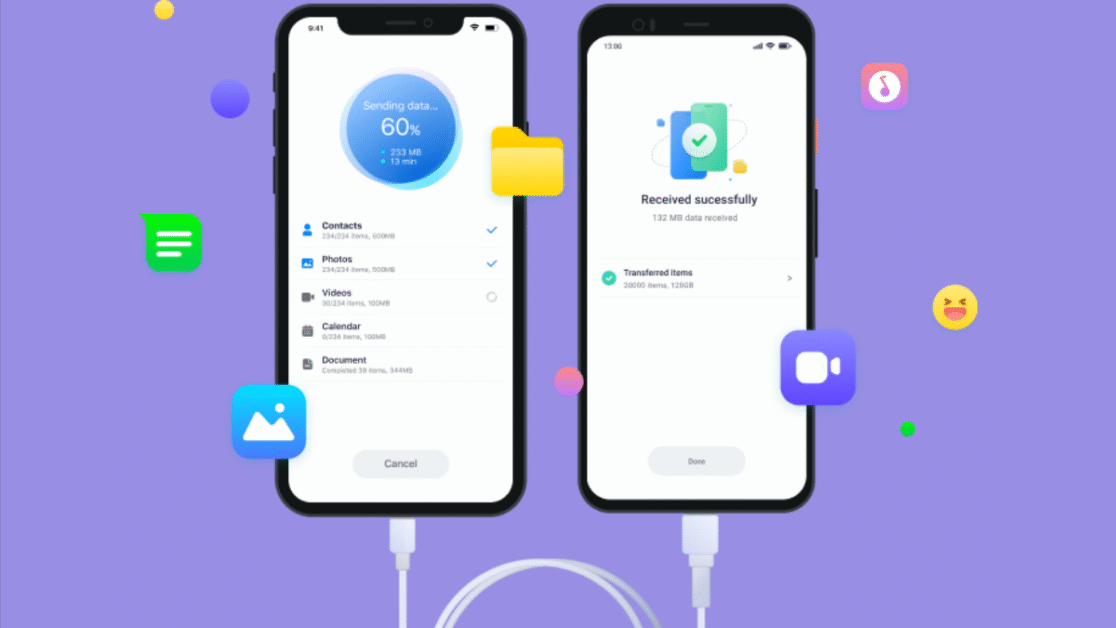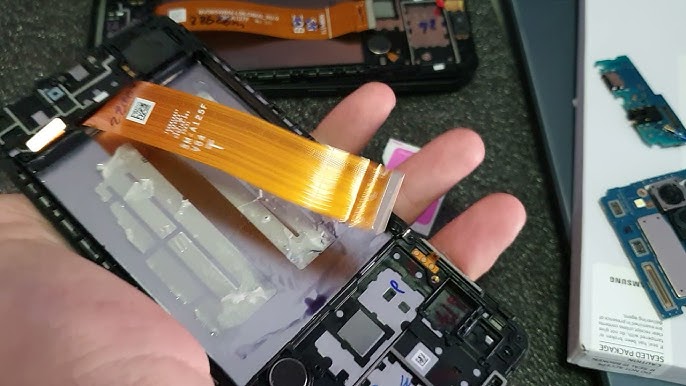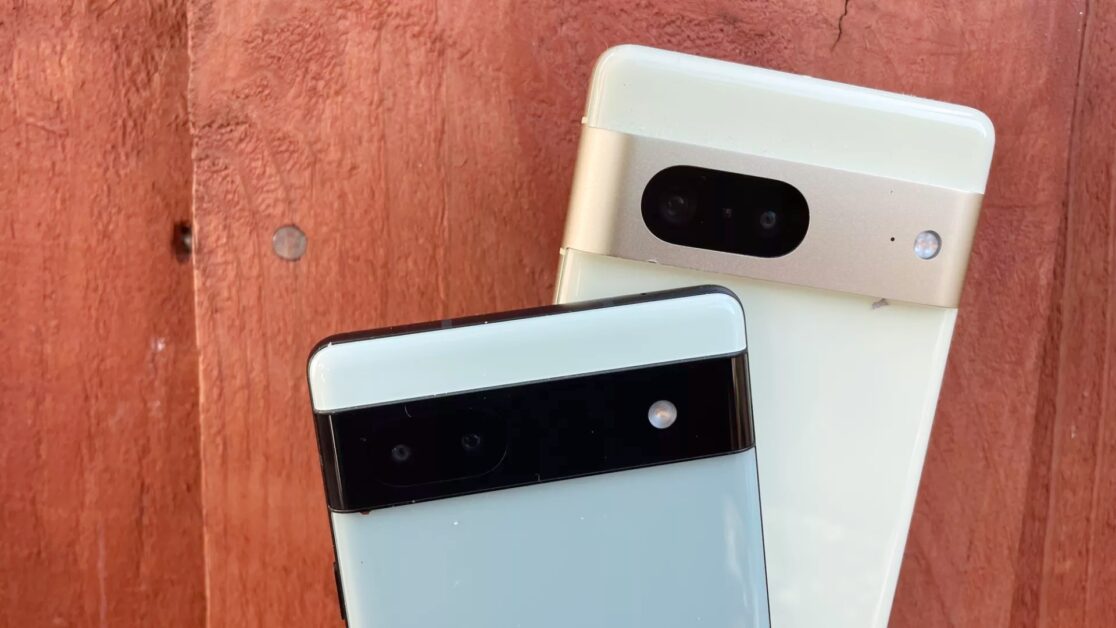What Is a Wire Transfer?
A wire transfer is an electronic method of transferring funds from one person or entity to another through a network of banks or transfer agencies. These transfers can be domestic or international and are commonly used for large transactions due to their speed and security. Unlike other forms of money transfer, wire transfers are processed in real-time and are irreversible once completed.Why Open a Wire Transfer Account?
Having a wire transfer account enables you to:- Send and receive large sums of money securely.
- Facilitate international business transactions.
- Ensure timely payments for real estate, tuition, or other significant expenses.
- Maintain a record of transactions for financial tracking and reporting.
Steps to Open a Wire Transfer Account
1. Choose a Financial Institution
Select a bank or credit union that offers wire transfer services. Consider factors such as fees, transfer limits, processing times, and customer support. Major banks like JPMorgan Chase, Bank of America, Wells Fargo, Citibank, and Goldman Sachs provide comprehensive wire transfer services.2. Open a Bank Account
To initiate wire transfers, you must have an active account with the chosen financial institution. The process typically involves:- Providing personal identification (e.g., passport, driver’s license).
- Submitting proof of address (e.g., utility bill, lease agreement).
- Completing the bank’s application forms.
3. Enroll in Online Banking
Most banks facilitate wire transfers through their online banking platforms. Enroll in online banking to access and manage your wire transfer services conveniently. Ensure you set up security features like two-factor authentication to protect your account.4. Understand Wire Transfer Requirements
Before initiating a wire transfer, gather the necessary information:- Recipient’s Full Name and Address: Ensure the details match the recipient’s bank records.
- Recipient’s Bank Name and Address: Identify the financial institution receiving the funds.
- Recipient’s Account Number: The specific account to which funds will be credited.
- Routing Number (ABA) for Domestic Transfers: A nine-digit code identifying the recipient’s bank.
- SWIFT/BIC Code for International Transfers: An international bank code identifying the recipient’s bank.
- IBAN (International Bank Account Number): Required for transfers to certain countries.
- Purpose of Transfer: Some banks may require a reason for the transaction.
5. Initiate the Wire Transfer
Once your account is set up and you have the necessary information:- Log in to Online Banking: Access your account through the bank’s website or mobile app.
- Navigate to the Wire Transfer Section: This may be under “Transfers” or “Payments.”
- Enter Recipient Details: Input the gathered information accurately.
- Specify Transfer Amount and Currency: Indicate how much money to send and in which currency.
- Review and Confirm: Double-check all details before submitting the transfer.
Tips for Successful Wire Transfers
- Double-Check Information: Errors in recipient details can lead to delays or lost funds.
- Be Aware of Cut-Off Times: Banks have specific times by which transfers must be initiated for same-day processing.
- Understand Fees: Both sending and receiving banks may charge fees.
- Keep Records: Save confirmation numbers and receipts for your records.
- Monitor Transfers: Track the status of your transfer through online banking or by contacting your bank.
Conclusion
Opening a wire transfer account is a straightforward process that provides a reliable method for transferring funds. By choosing the right financial institution, understanding the requirements, and following best practices, you can ensure secure and efficient transactions. Always stay informed about your bank’s policies and international transfer regulations to avoid complications.Latest posts by Adebayo Opeyemi (see all)
- Facebook Quietly Expands Downvote Button Test for Comments - June 24, 2025
- Instagram GIFs Return, But Only the Boring Ones - June 24, 2025
- Waze: What It Is, How It Works, and Why Drivers Love It? - June 24, 2025
Discover more from Techy247
Subscribe to get the latest posts sent to your email.









